Dehiscent fruits are dry fruits that naturally split open when mature to release their seeds. The word dehiscent comes from Latin dehiscere, meaning “to split apart.”
They differ from indehiscent fruits (like nuts or grains), which stay closed and keep the seed inside.
Common types of dehiscent fruits include:
- Follicles – split along one seam (e.g., milkweed).
- Legumes – split along two seams (e.g., peas, beans).
- Capsules – split in multiple ways (e.g., poppies, cotton).
Examples of Dehiscent Fruits
Follicles
A follicle is a dry fruit that develops from one carpel and splits open along a single seam to release its seeds. Below are some of the most common follicle fruits. If you’d like to learn more about why each fruit falls into this category, check out this dedicated post.
1. Milkweed (Asclepias) 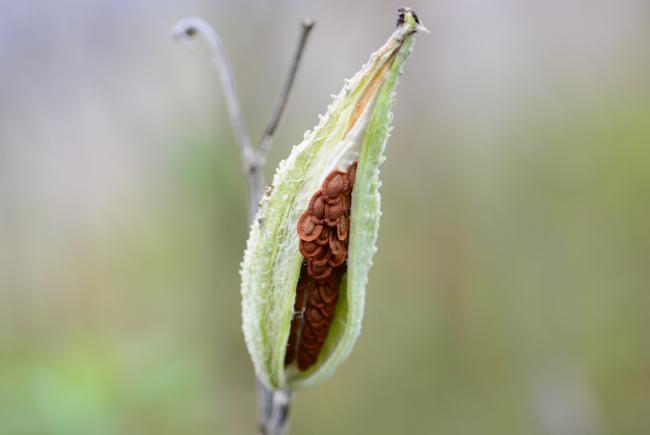 |
2. Columbine (Aquilegia) 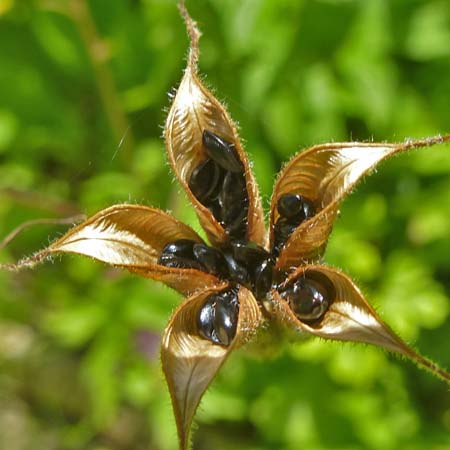 |
3. Larkspur (Delphinium) 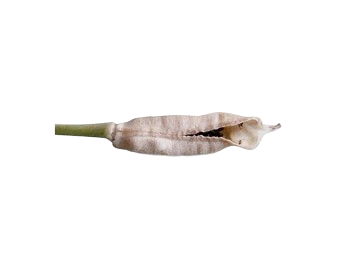 |
4. Peony (Paeonia) 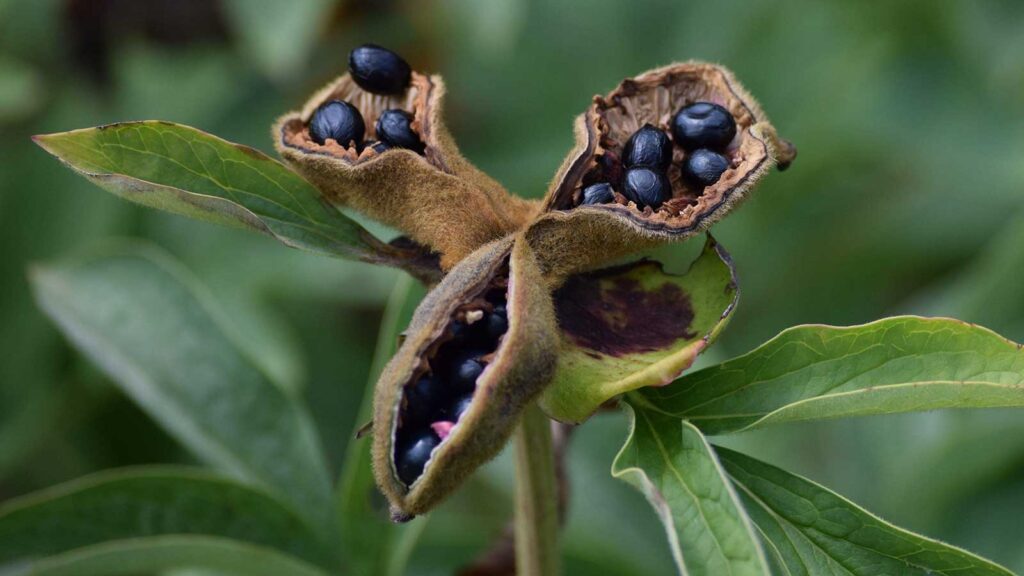 |
5. Magnolia (Magnolia) 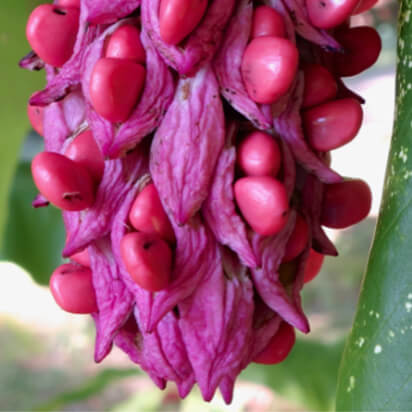 |
6. Hellebore (Helleborus) 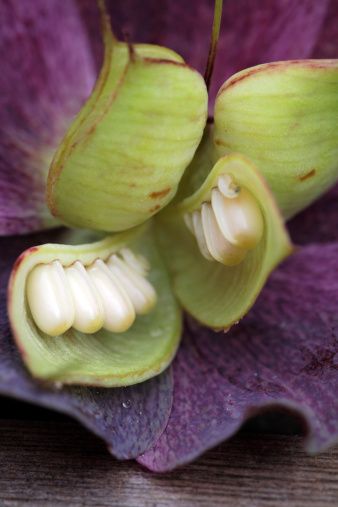 |
7. Calotropis 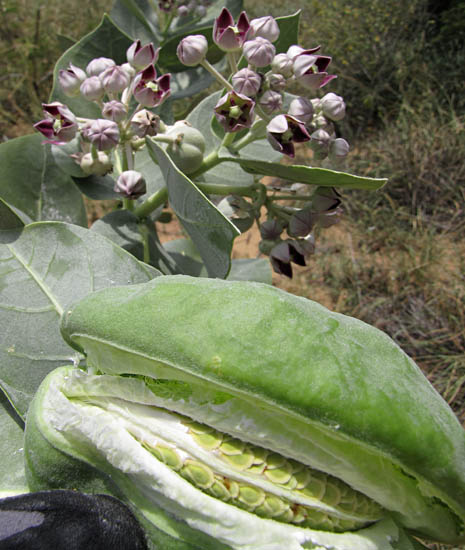 |
8. Banksia 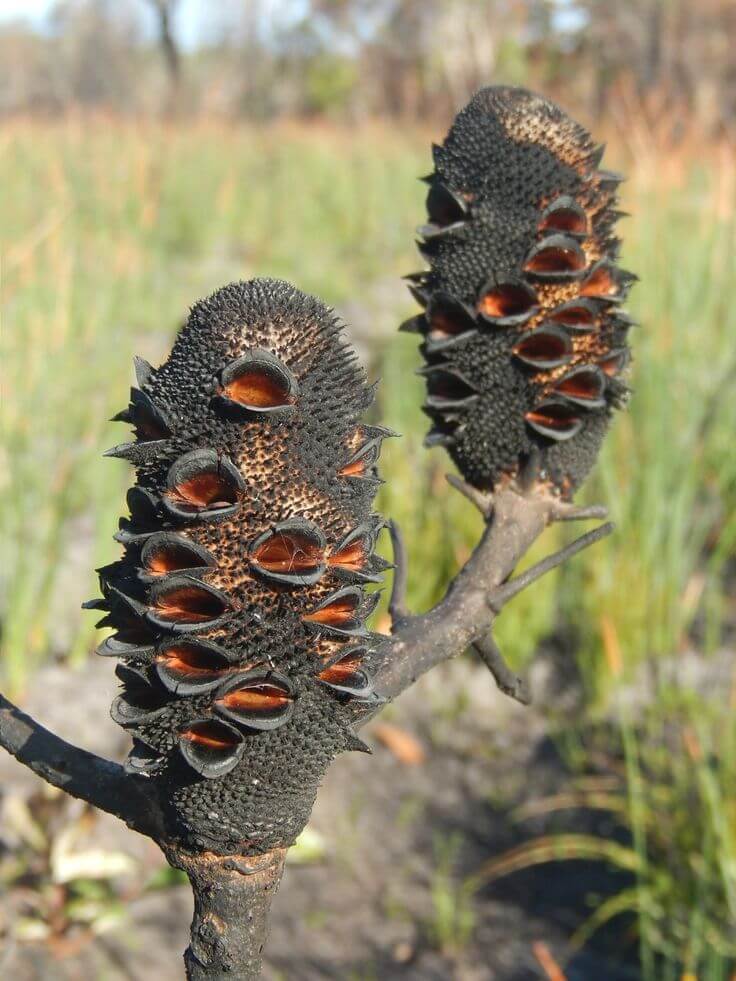 |
9. Nerium 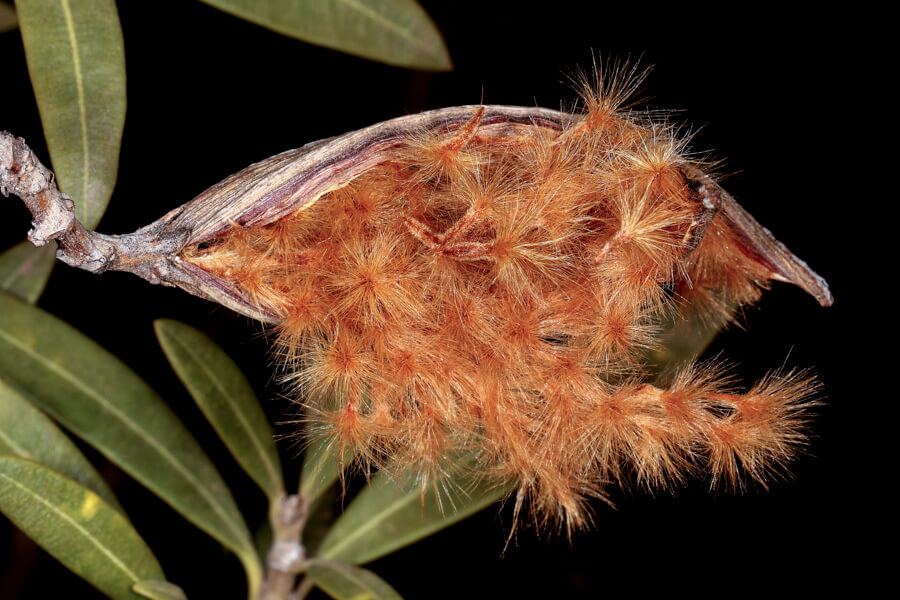 |
10. Michelia 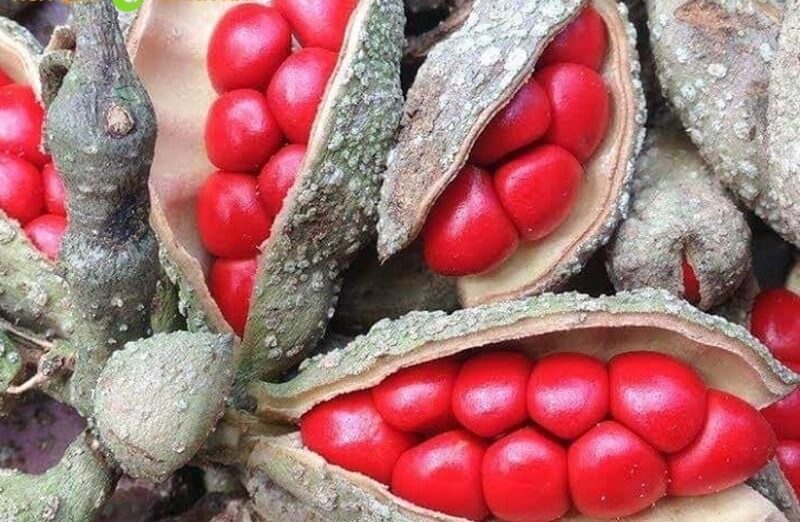 |
11. Love-in-a-mist 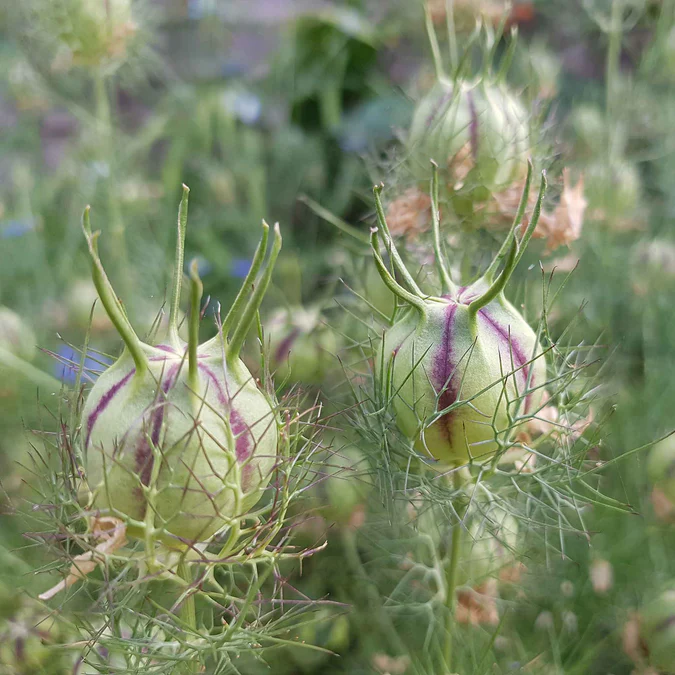 |
12. Dogbane  |
Capsules
A capsule is a dry fruit that forms from two or more fused carpels and opens in various ways to release multiple seeds. Below are some of the most common capsule fruits. If you’d like to learn more about why each fruit falls into this category, check out this dedicated post.
13. Opium Poppy 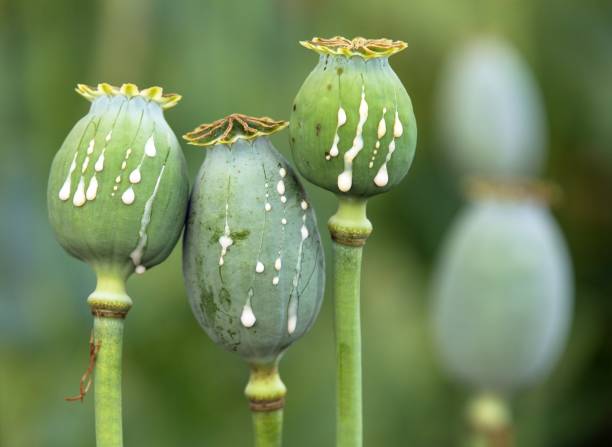 |
14. Eucalyptus Fruit 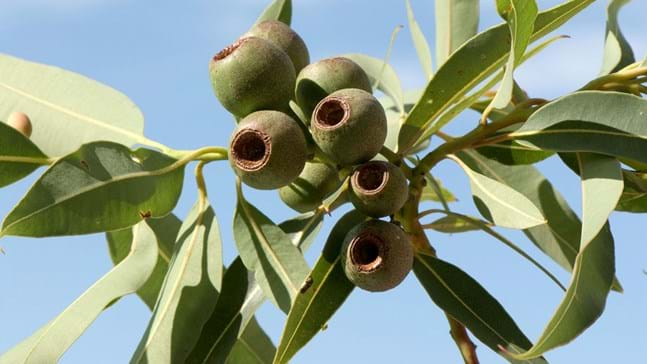 |
15. Milkweed Pods  |
16. Horse Chestnut 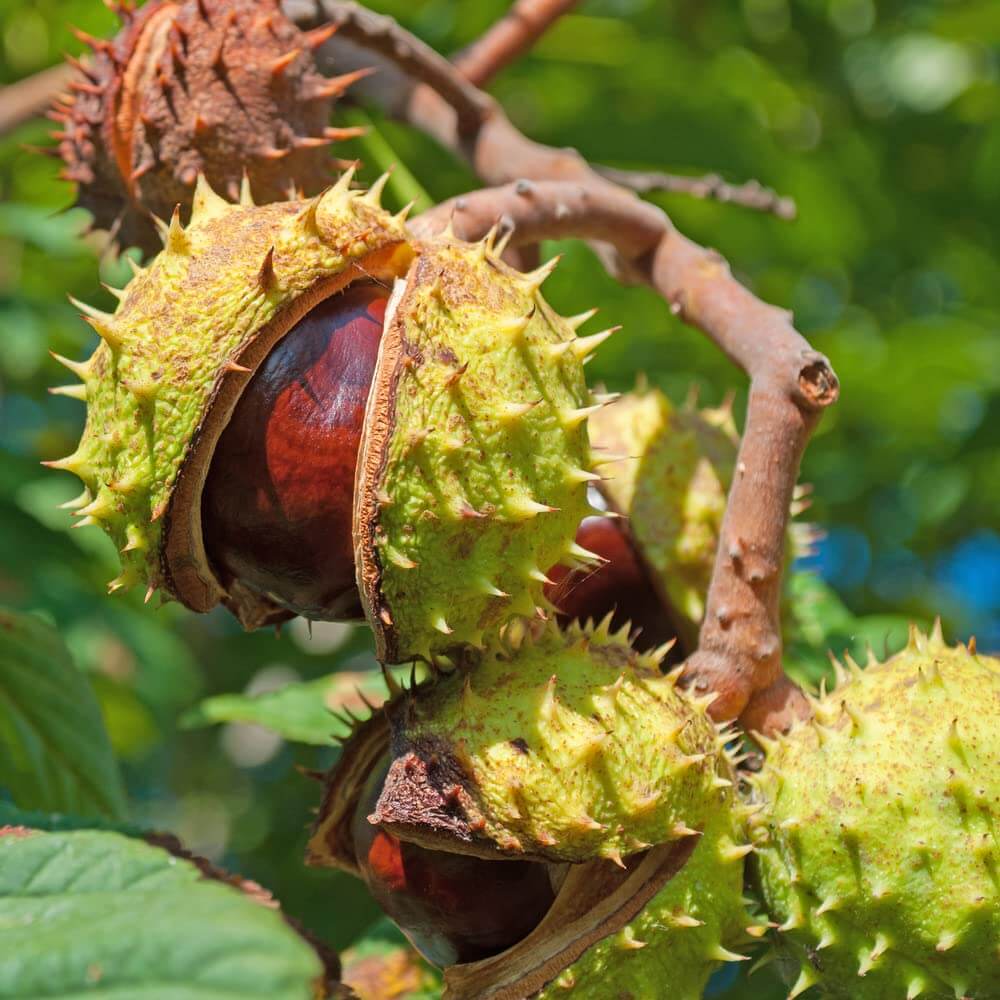 |
17. Okra Fruit 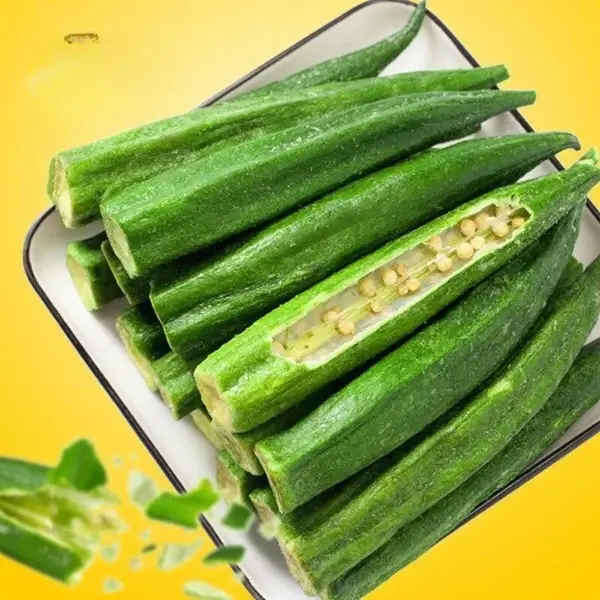 |
18. Iris Fruit 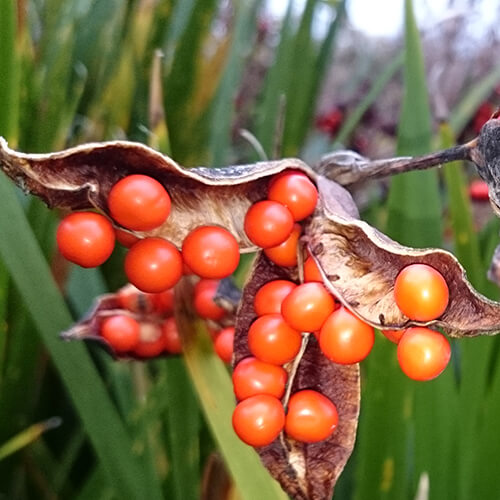 |
19. Digitalis (Foxglove) 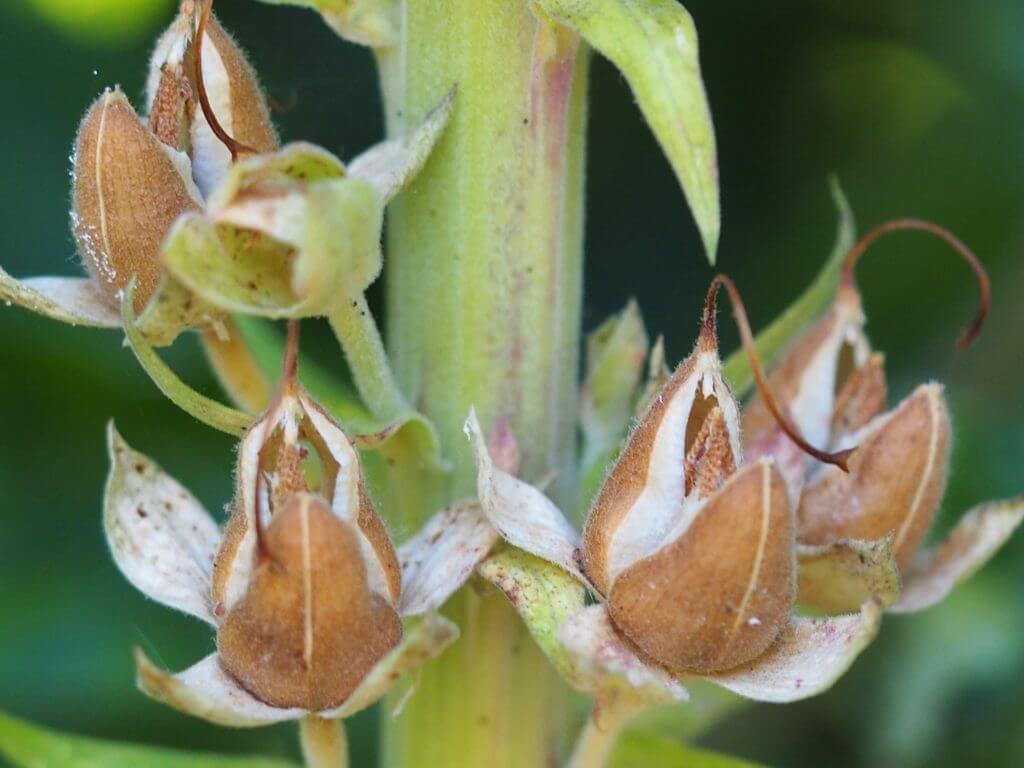 |
20. Evening Primrose 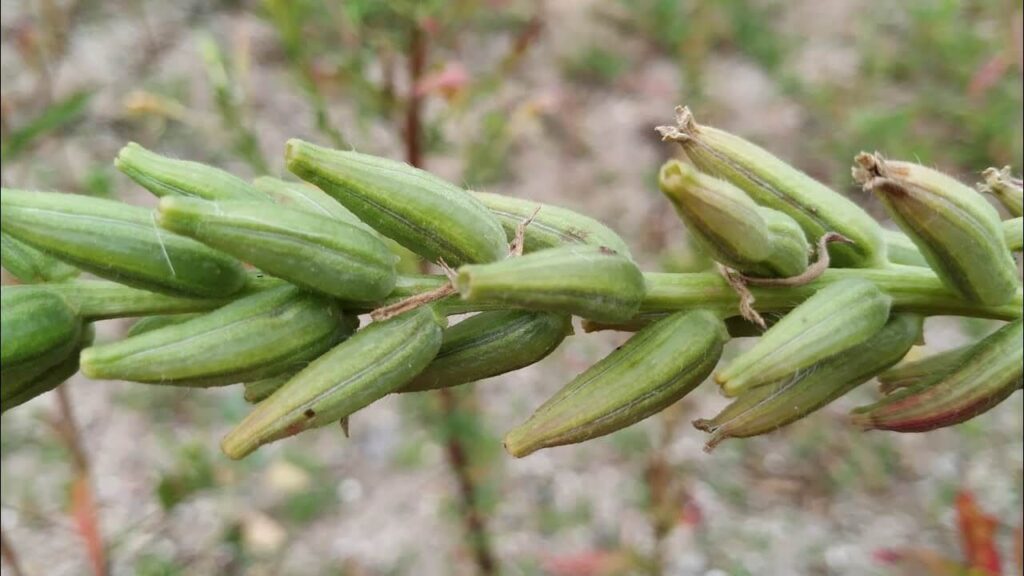 |
21. Kapok Fruit 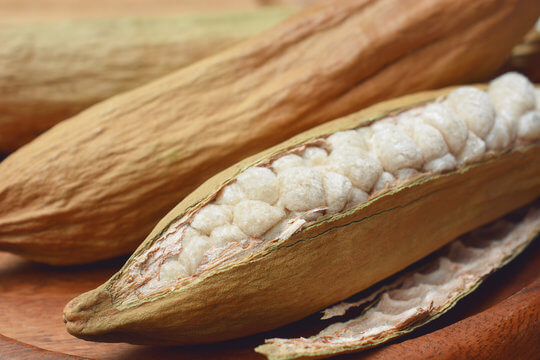 |
22. Jacaranda Fruit  |
23. Datura Fruit 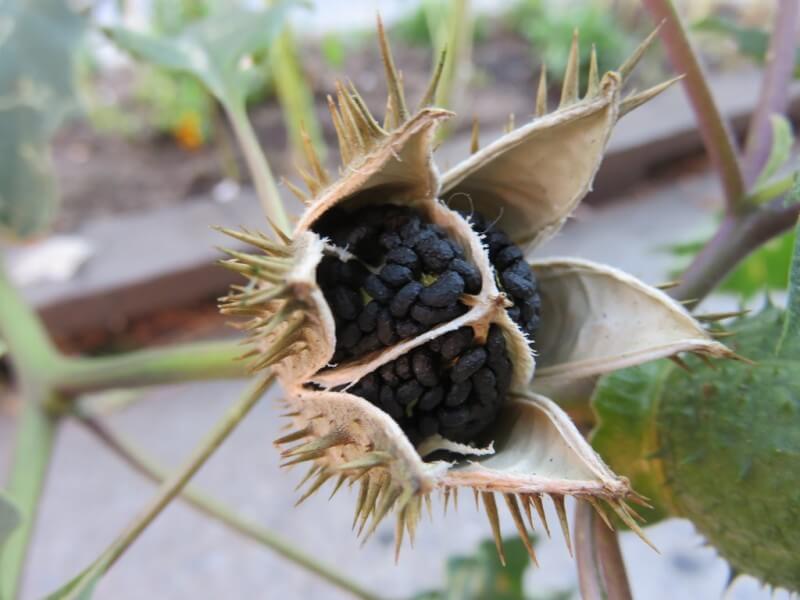 |
24. Mahogany Tree Fruit 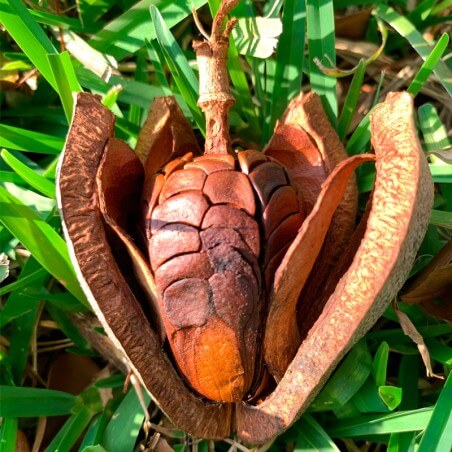 |
Legumes
A legume is a dry fruit that develops from a single carpel and splits open along both sides to release its seeds.
25. Beans 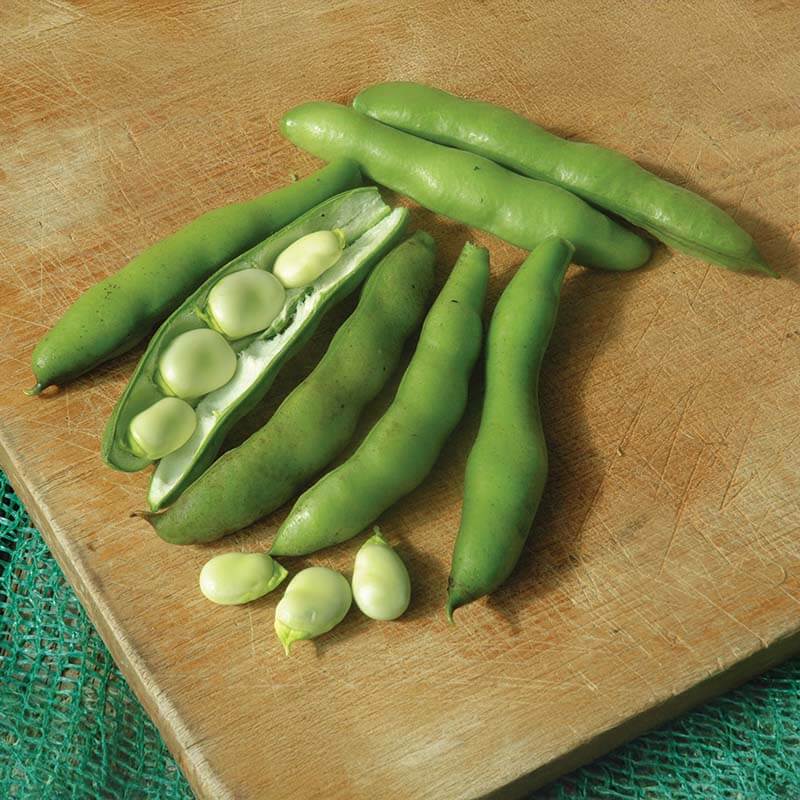 |
26. Peas 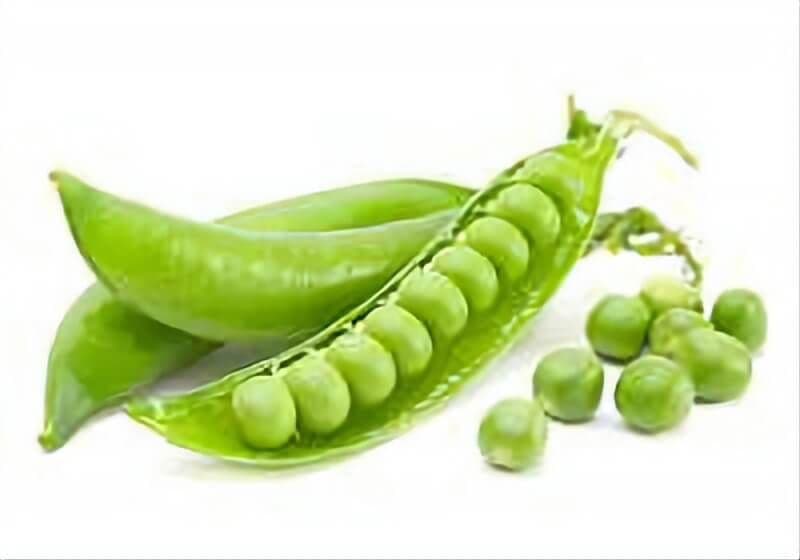 |
27. Lentils 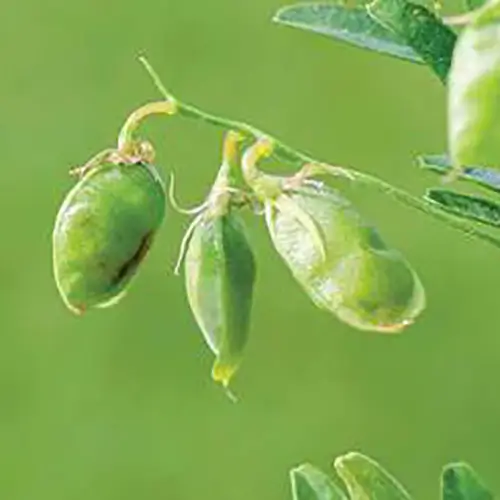 |
28. Chickpeas 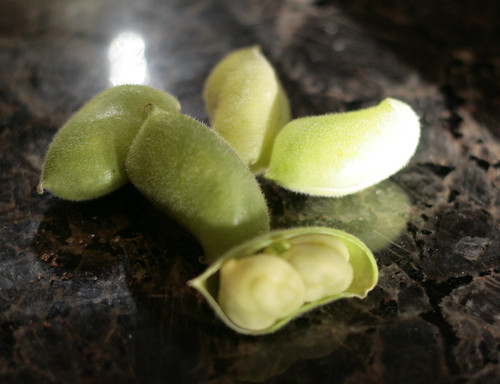 |
29. Soybeans 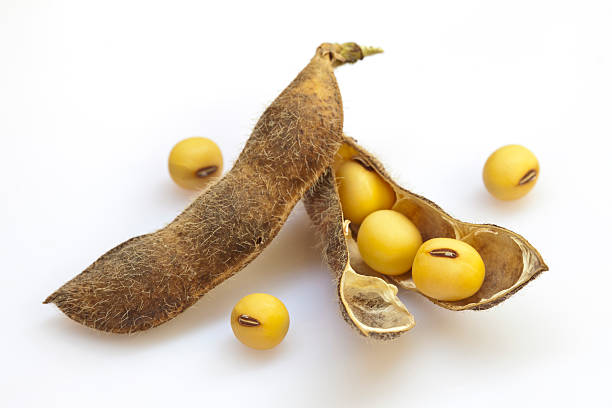 |
30. Peanuts  |
Discover Other Fruit Category Examples:
- Examples of Accessory Fruits
- Examples of Schizocarp Fruits
- Examples of Sorosis Fruits
- Examples of Follicle Fruits
- Examples of Drupe Fruits
- Examples of Stone Fruits
- Examples of Pome Fruits
- Examples of Capsule Fruits
- Examples of Multiple Fruits
- Examples of Aggregate Fruits
- Examples of Achene Fruits
- Examples of Fleshy Fruits
